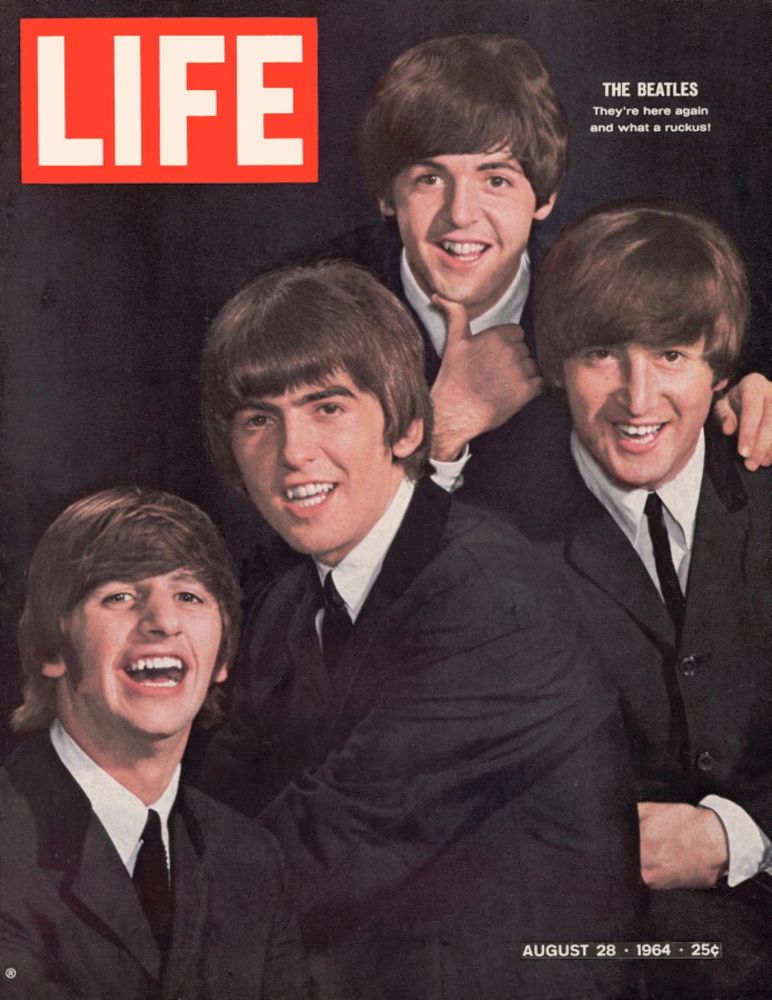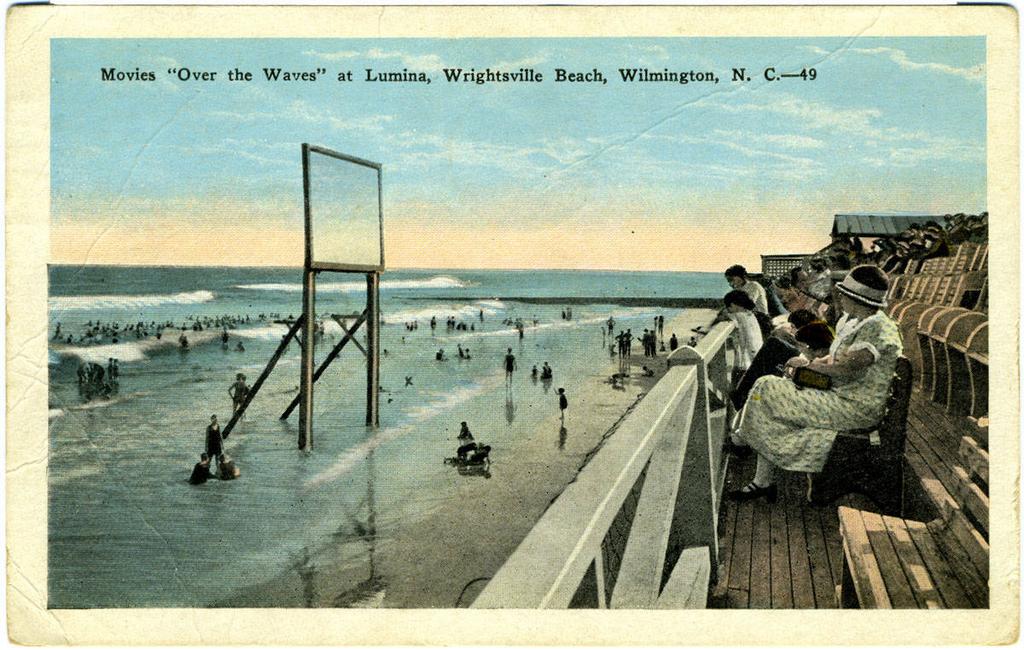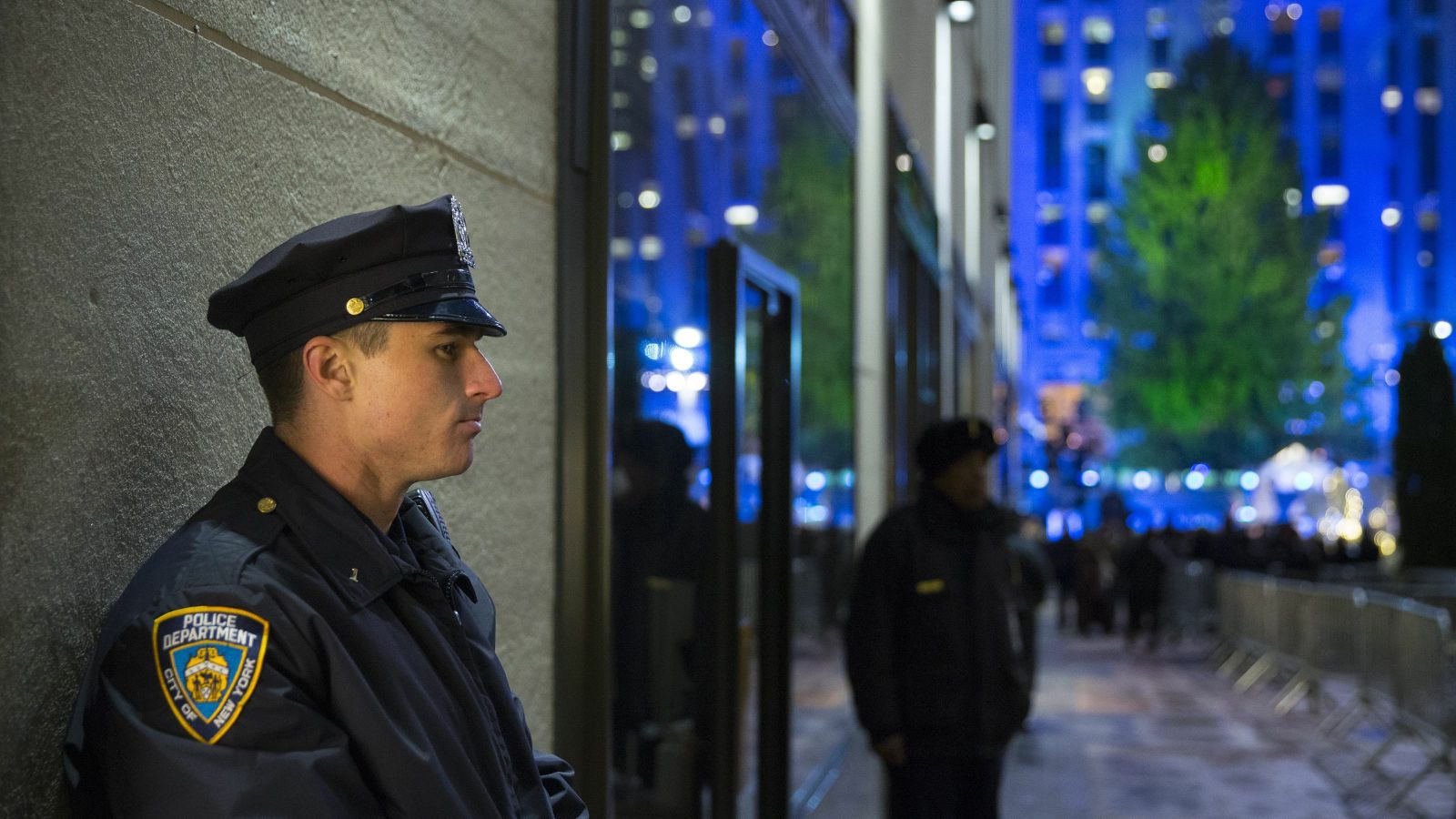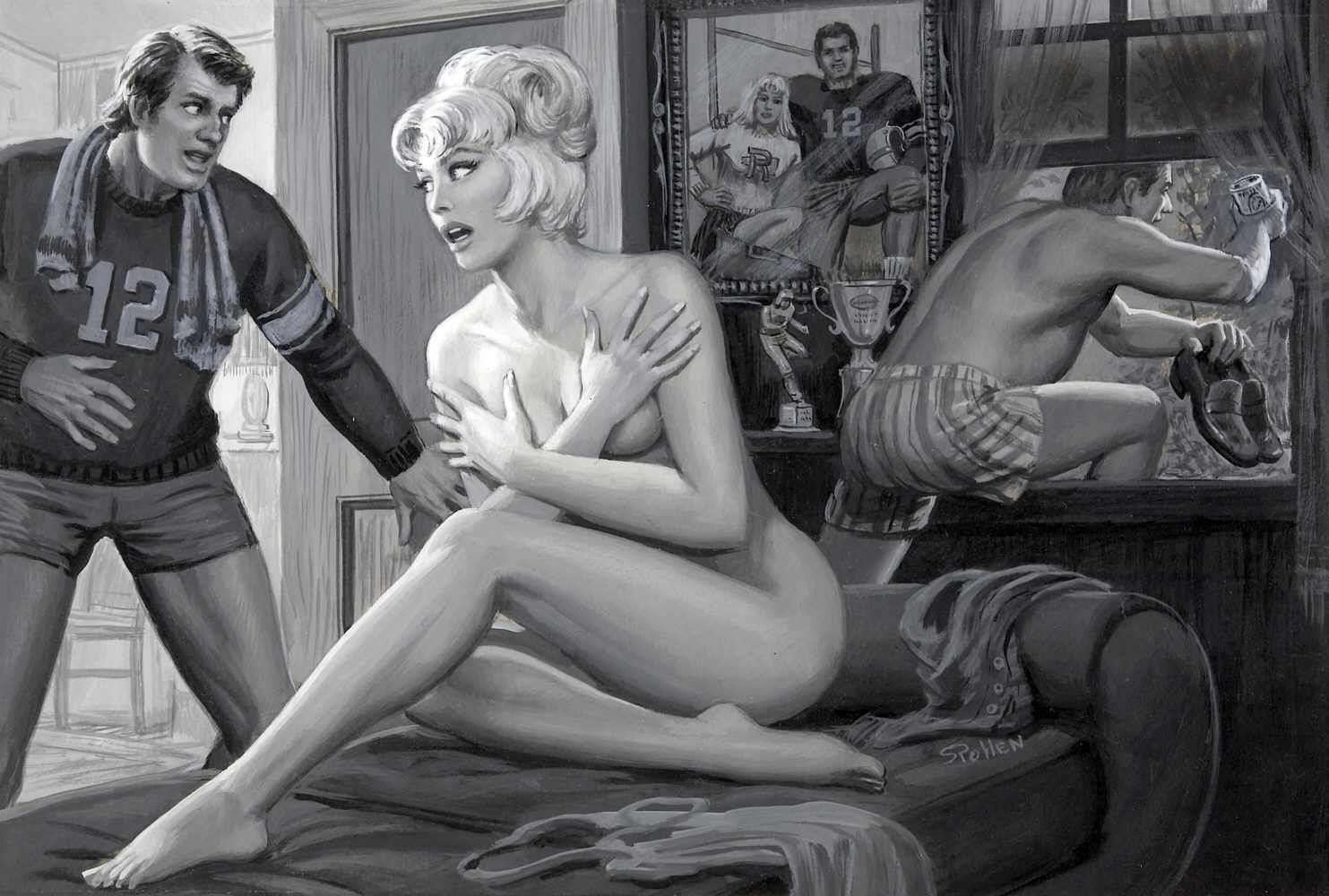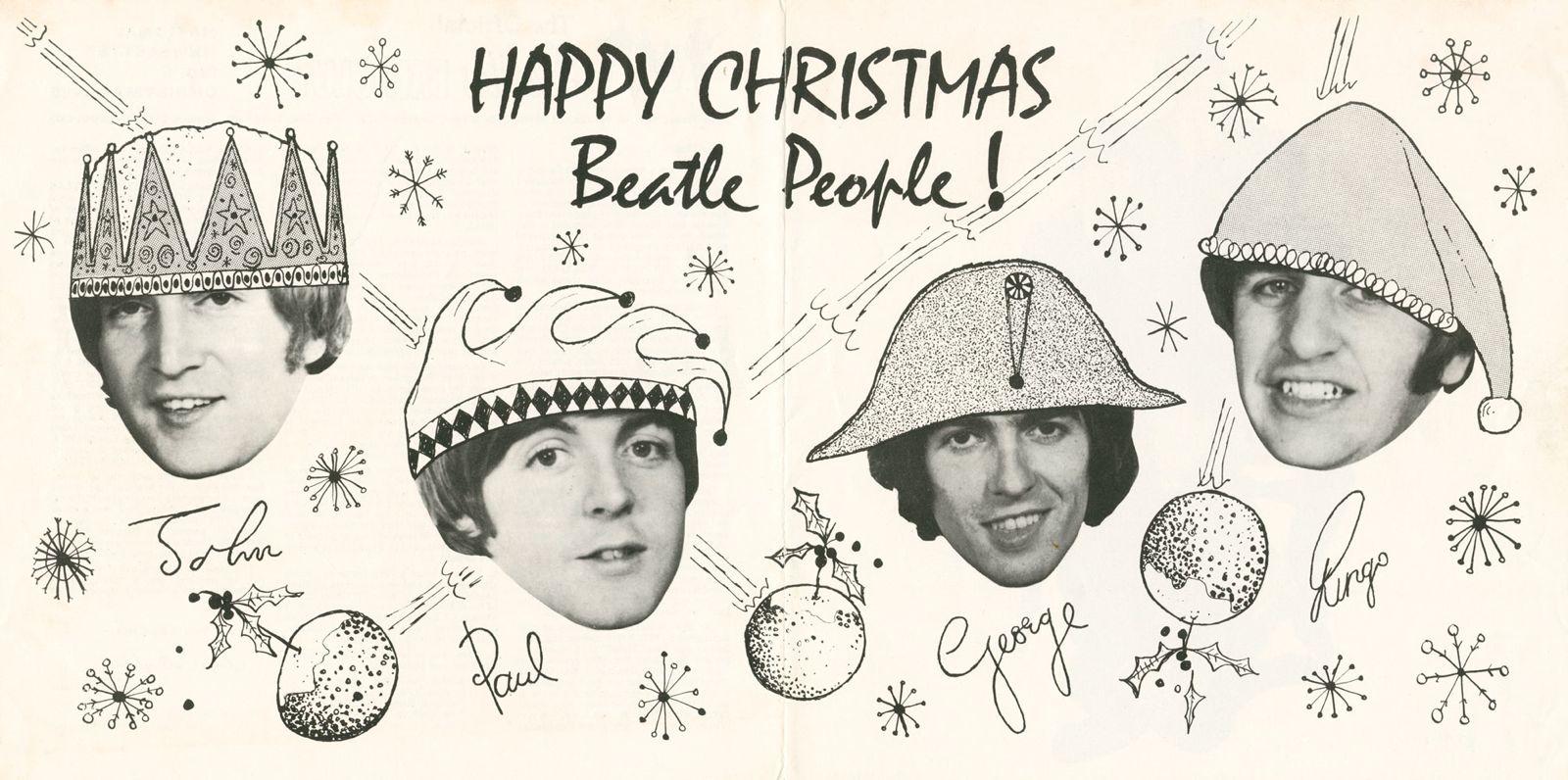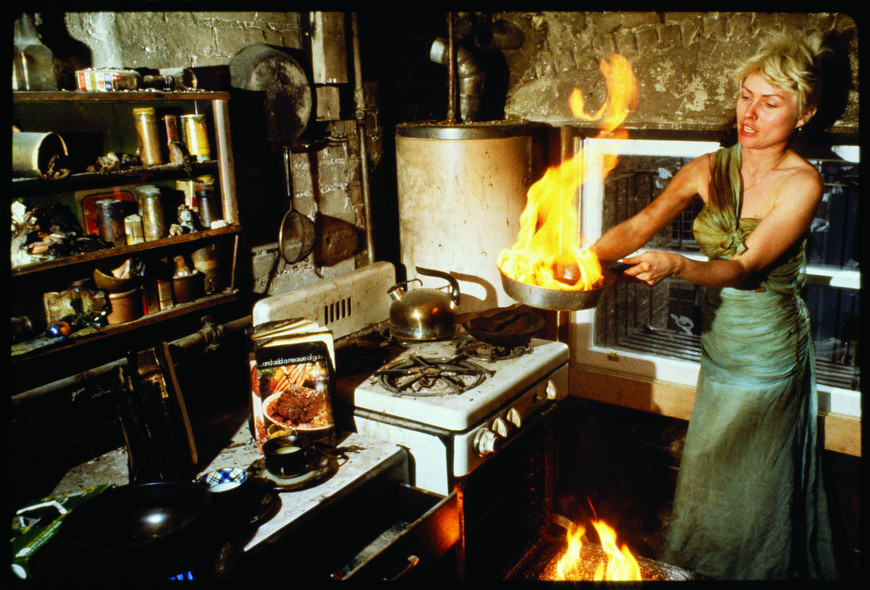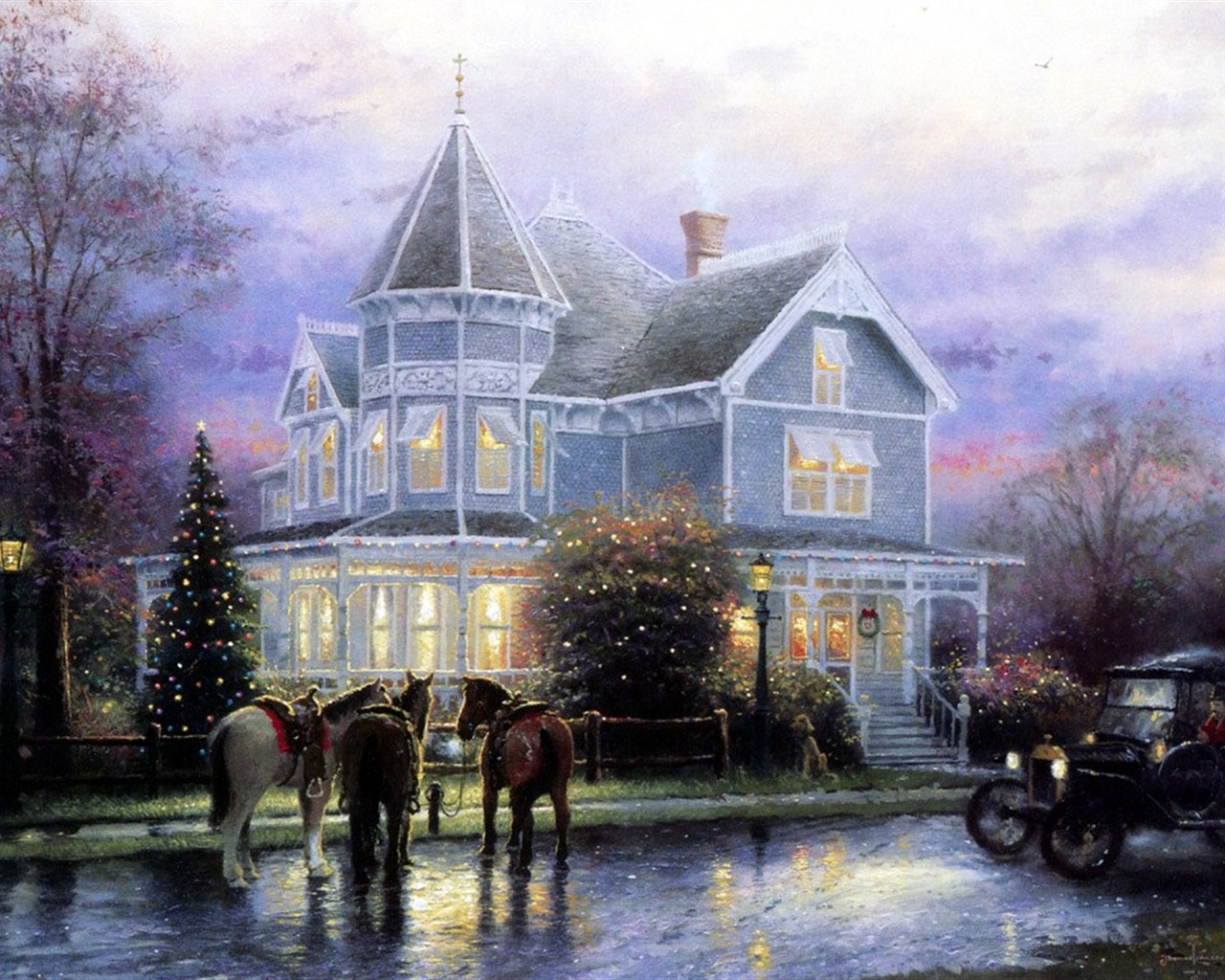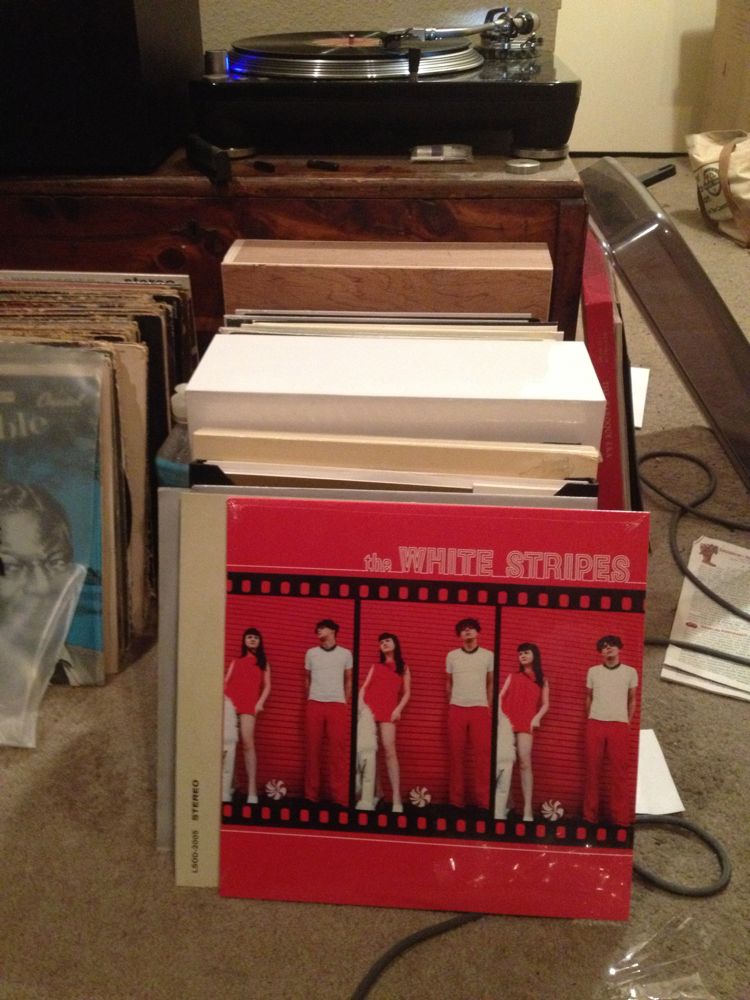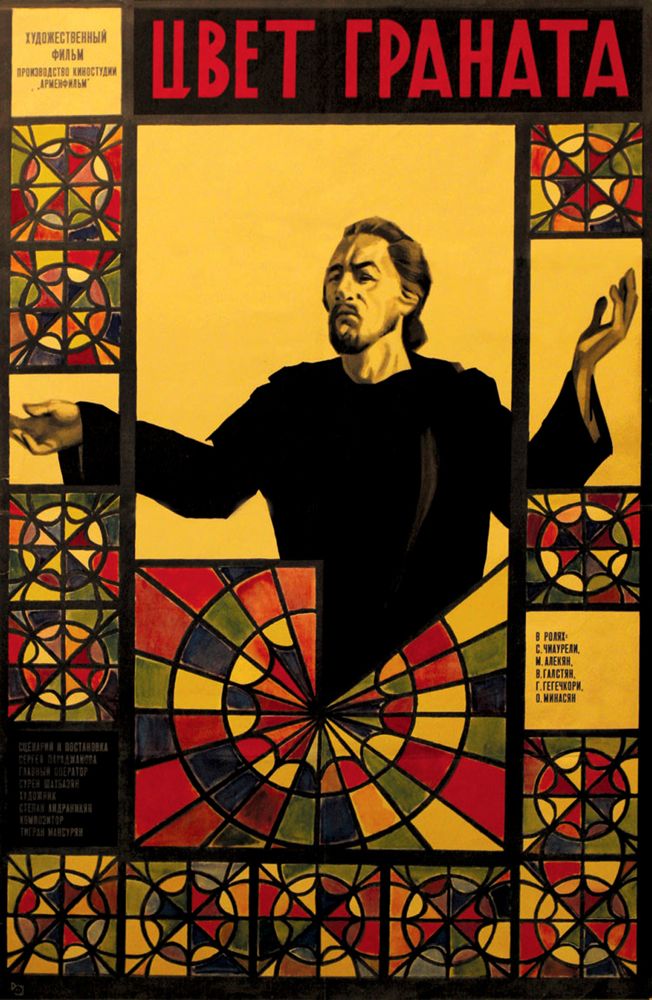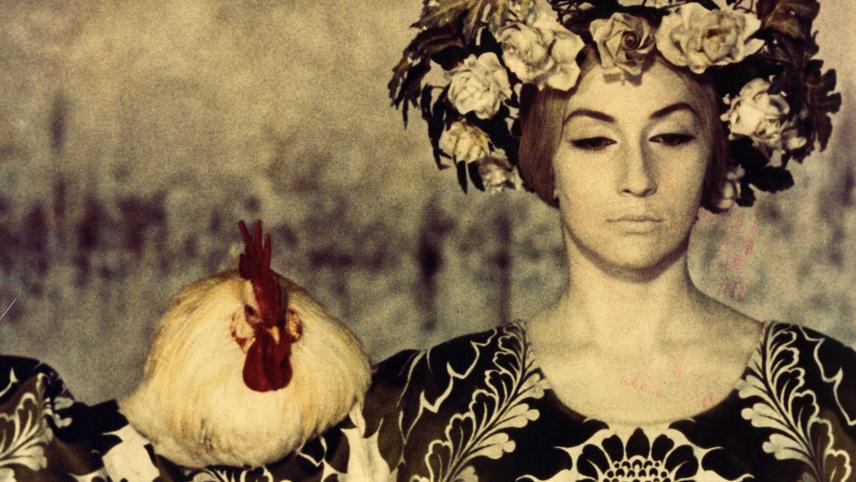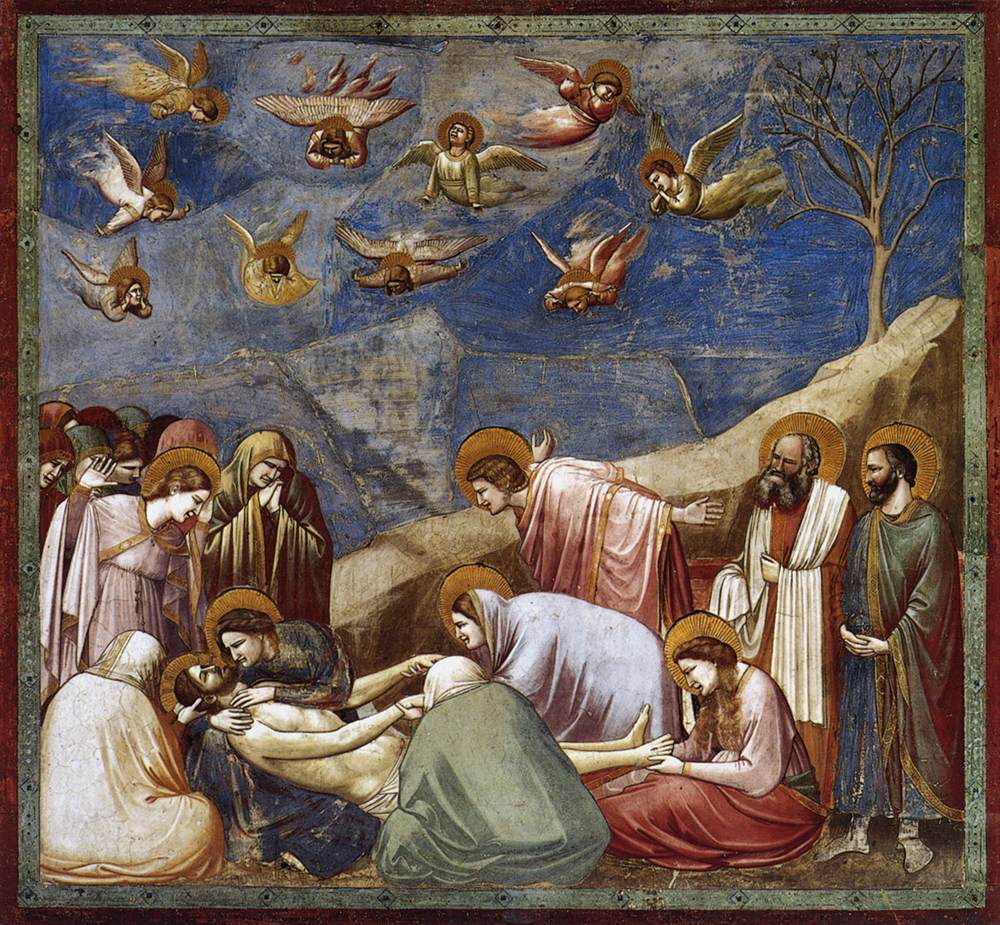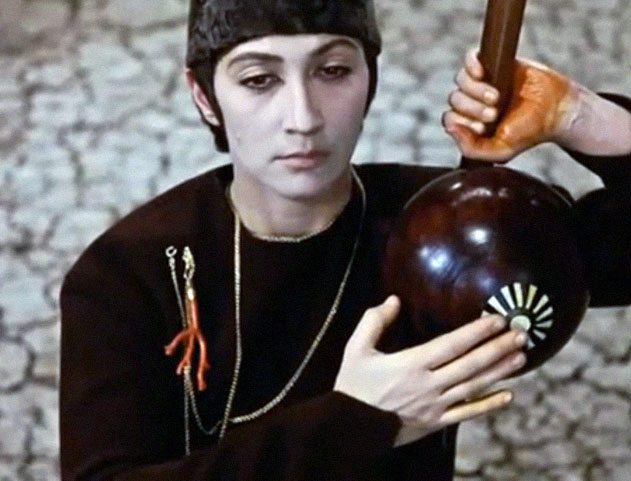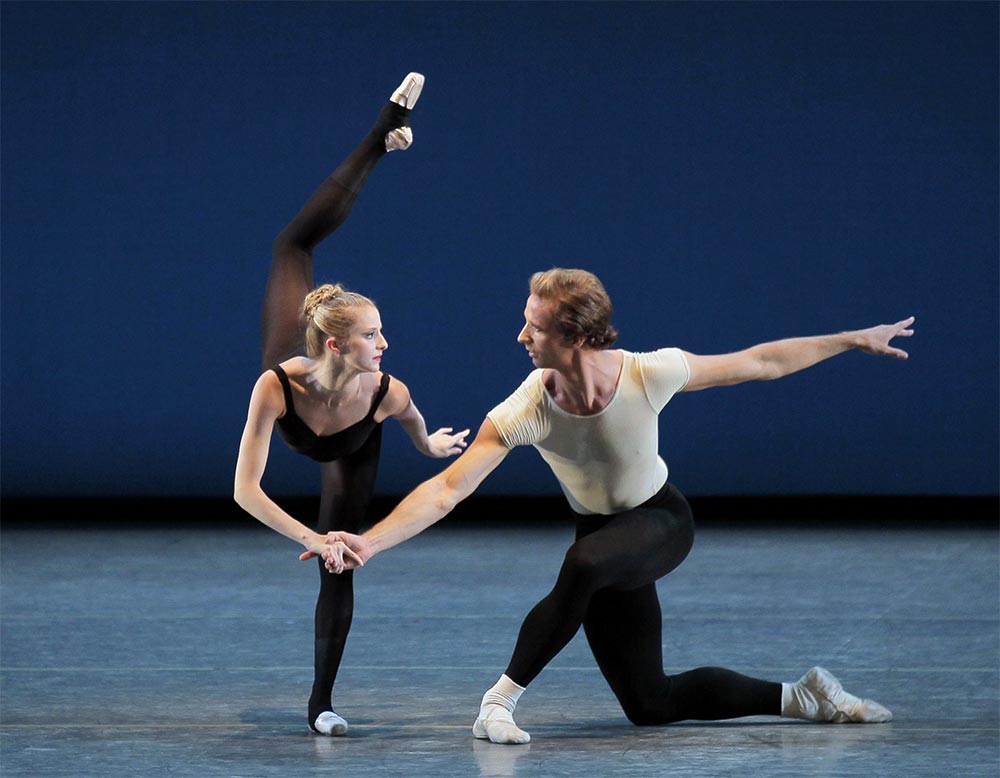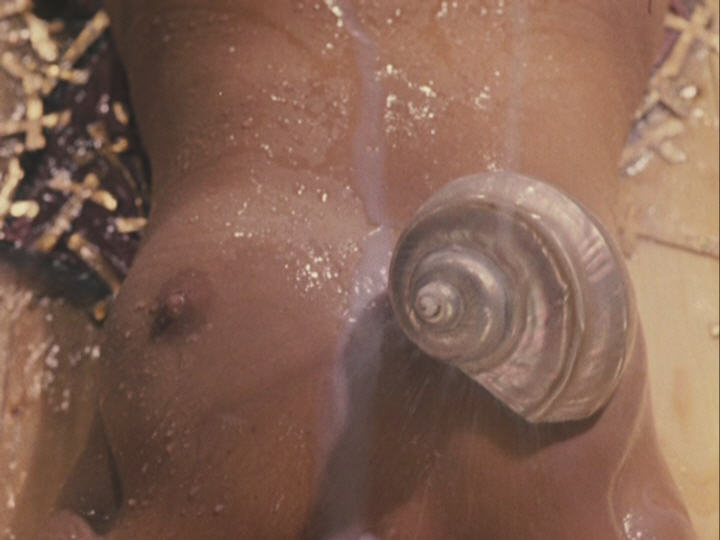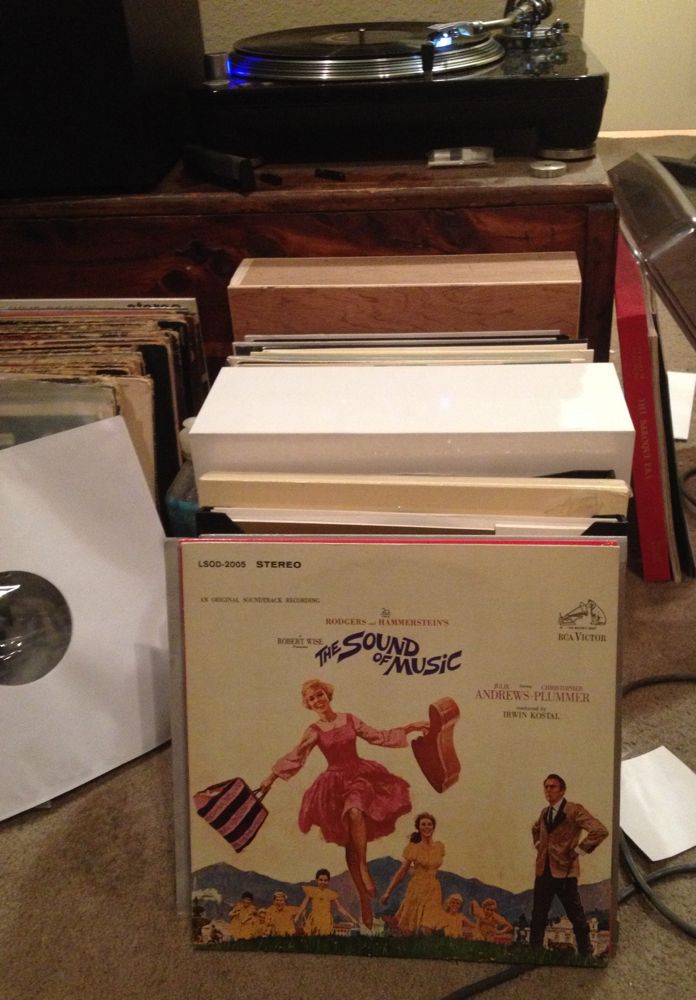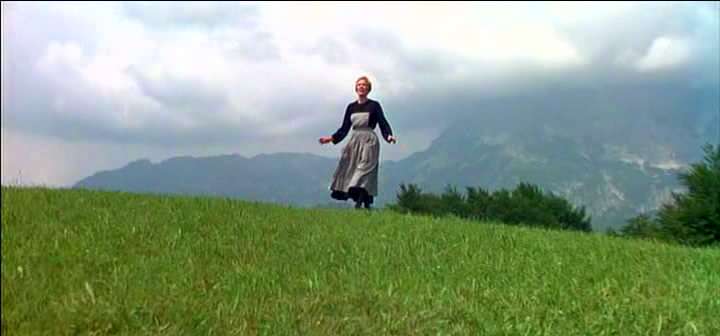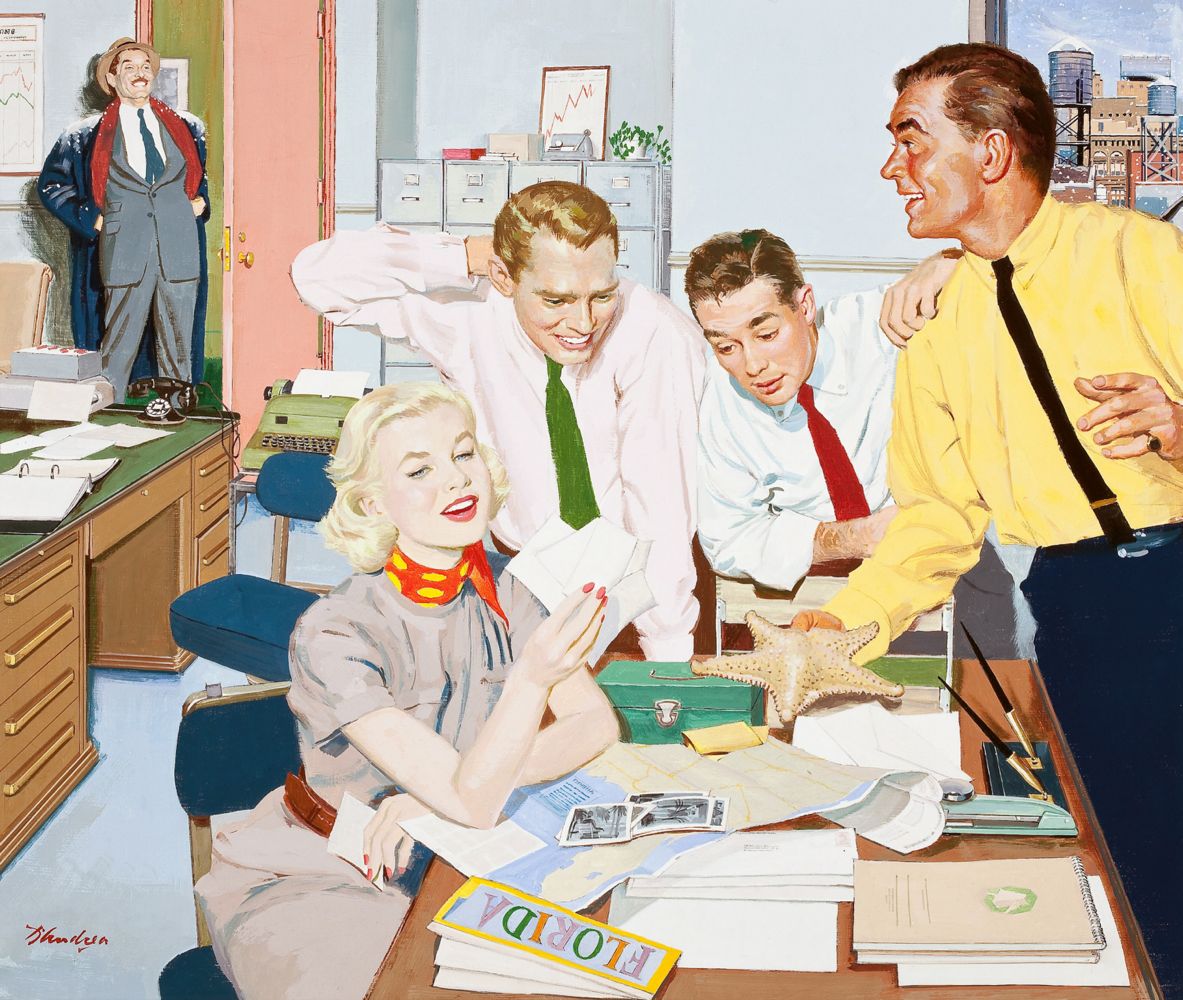Click on the image to enlarge.
Category Archives: Main Page
LUMINA
Lumina, a dance hall by the sea, was still around when I was growing up. It had become a roller rink. In my mom’s youth it had hosted big name dance bands. Folks from Wilmington, about 10 miles inland, would ride out to Wrightsville Beach for the dances on special trolley cars, then ride the trolleys back after the dances were over.
I vaguely remember seeing “movies over the waves” there — which dated back to the 1920s, the era of the postcard above — but I may just be recalling my mom’s tales of same.
Click on the image to enlarge.
ADESTE FIDELES
Sinatra, like Pavarotti and Dylan, sings Latin like he means it.
MY HEART
WHAT ARE YOU DOING NEW YEAR’S?
A SAMSON POLLEN FOR TODAY
RUBBER CHRISTMAS
Because Rubber Soul came out just before Christmas in 1965, and because I or one of my sisters got a copy of it from Santa, and because it hit number one in the U. S. charts on Christmas Day, I have always thought of it as a Christmas album.
I was in prep school at the time but home for Christmas vacation when I heard my first cut from the album on the car radio, driving around with my mom on some errand or other. I can’t remember which cut it was. Capitol didn’t release any singles from the album, but radio stations played lots of the songs. I do remember my excitement and joy when I heard that cut.
The album always finds a place in my rotation of Christmas albums, for sentimental reasons.
Click on the image to enlarge.
BEAUTIFUL STAR OF BETHLEHEM
DEBBIE HARRY MAKES DINNER
A THOMAS KINKADE FOR TODAY
WHAT I’M SPINNING NOW
THE COLOR OF POMEGRANATES
This movie, by Sergei Parajanov, is an avalanche of beautiful and astonishing images. What they signify individually or add up to collectively is not so clear, but maybe not important, either.
They are so wonderfully and imaginatively composed and lit that they have the authority of brilliant paintings — but they also integrate elegant, stylized movement, which imbues them with the authority of brilliant ballets.
The film seems to point the way towards, and sometimes realize, a radically new vision of cinematic practice. Many avant-garde films have been purely imagistic, conceptually speaking, but few have consistently created images as finished and powerful as those in this film. You forget the concept and get lost in the individual shots.
The images are hard to analyze. They sometimes have the static gravity of religious icons, sometimes the spooky eccentricity of de Chirico’s dreamscapes, sometimes the simple grandeur of Giotto’s frescos. They are unclassifiable but oddly familiar within the traditions of Western art.
The film claims to be the biography of a poet told in the terms of the poet’s imagination, the poet’s imagery. This is not a persuasive claim. No poet sees or experiences his or her whole life in poetic terms, no one can sum up the life of a poet in purely poetic terms. By rights the movie ought to be either a poetic biography or a biographical poem, but it is neither. It’s really just an excuse to make beautiful and astonishing images.
[Photo © Paul Kolnik]
George Balanchine claimed that he never made abstract, non-narrative ballets. He said, “A boy meets a girl, he loses the girl, he gets the girl back. How much story do you want?” The Color Of Pomegranates has even less story than that — it’s just a progression from childhood to maturity to death. But how much story do you want?
(Curiously, both Balanchine and Parajanov were born in Tbilisi, Georgia, though of different ethnic backgrounds.)
The miracle of the film is that it rivets your attention in the absence of a driving narrative — just by virtue of its pictorial inventiveness and cinematic virtuosity. It may not add up to much but pure pleasure — but when have you ever had your fill of that?
[Ironically, this visual tour de force, important to so many important directors of the 20th Century, is only available in a mediocre DVD transfer of a mediocre print — almost not worth watching in that form.]
WHAT I’M SPINNING NOW
This album gave the Beatles a run for their money in the 60s, especially in the U. K. Help replaced it in the number one spot, but it came back. Then Rubber Soul replaced it and it came back again. Then Sgt. Pepper’s replaced it and it came back again, rising to the top only to be replaced once again by Sgt. Pepper’s. The two albums went on to trade places in the top spot two more times. The Sound Of Music made it into the top spot one last time between Sgt. Pepper’s and “The White Album”.
The battle was similar, though not quite as protracted and closely fought, in the U. S.
The Sound Of Music soundtrack album is not quite as appealing as the Broadway cast recording. Maria’s numbers in the film are aided immeasurably by Julie Andrews’s visual performance of them and by the cinematic settings created for them by director Robert Wise. It’s still a delightful album, and you can see why it was so persistently popular, perhaps as much as a souvenir of the wildly popular movie as for its musical charms, considerable as those are.

